FREE Green Smoothie Ingredients!
The American way is to stress out, overdo, and over eat during the holidays. Then what tends to follow? Illness—a nasty head cold, bronchitis, even the flu.

Aside from suggesting “moderation in all things,” here’s an approach that’ll protect your immune system and likely ward off the above-mentioned post-holiday ills.
The daily homemade green smoothie. I harp on this subject for good reason. Besides being crammed-packed with vitamins, minerals, and powerhouse antioxidants, they’re affordable.
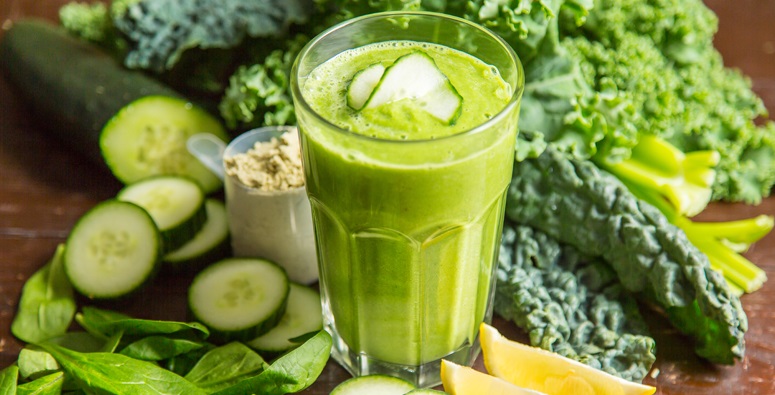
My smoothie authority, the Green Smoothie Girl (GSG) (www.greensmoothiegirl.com), says, “Compared to bottled pressed juices or prepackaged salads, green smoothies give you the best bang for the buck (under $3/quart). A salad or prepared juice could cost twice or even three times as much – and it’s doubtful that you’d get the same high nutrition level.”
But it’s not their dependable health protection, or how making your own saves money that’s my theme. I want to tell you how to bring the cost down even more with FREE smoothie ingredients.
It takes effort, but you’ll find free greens are everywhere (from your local farmers market to your own backyard, or someone else’s). Read on for GSG’s tips on where to find FREE ingredients:
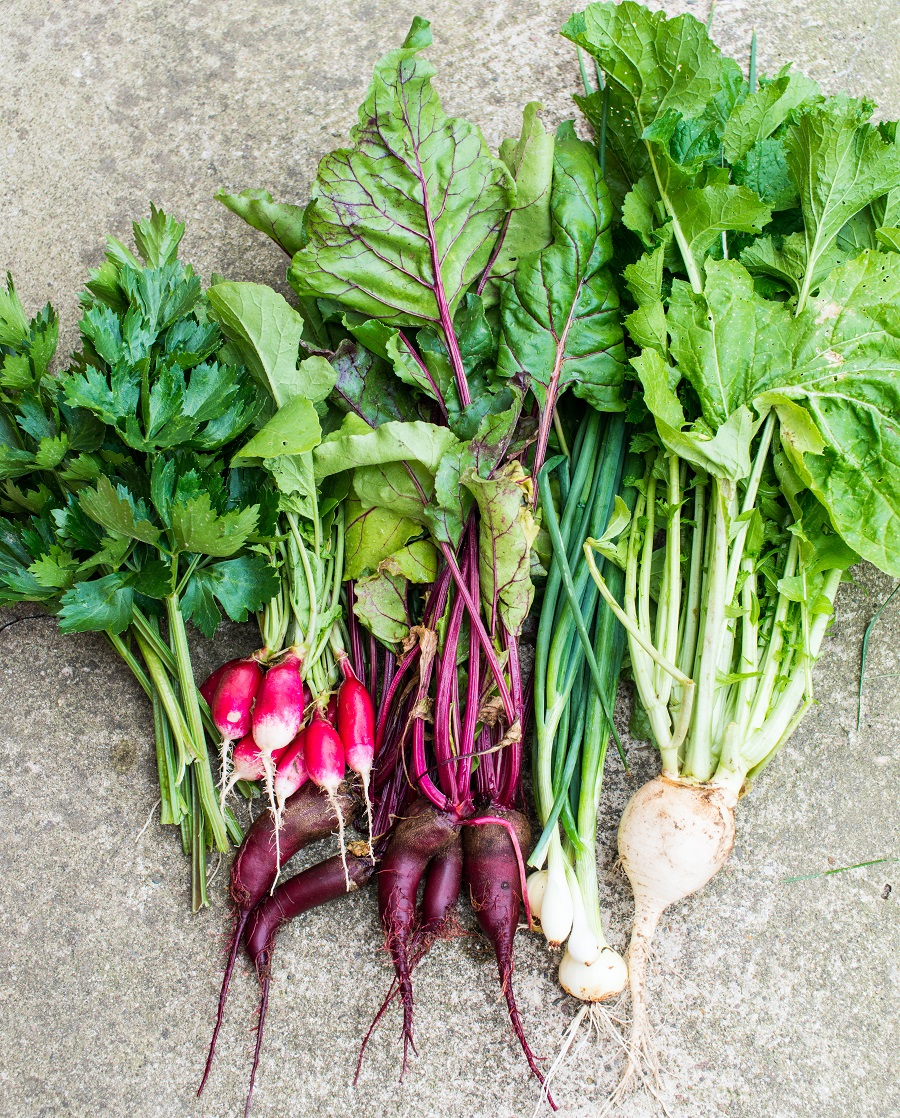
Use Fruit and Veggie Leaves: True, up front you have to pay for the produce you add to your grocery basket or farmers’ market bag, but don’t waste the bonus that comes along with your purchase. Healthy and edible leaves are on:
beets
cabbage plants
carrots
celery
cucumbers
grapes
radishes
strawberries
turnips
Be aware that some have strong flavors; taste snippets before adding any to your blender. Your taste preference will indicate how much to include. You’ll like how using these greens can stretch your weekly produce even farther.
GSG says, “Using veggie top greens has even more benefits than saving you money. Consuming 1 cup of leafy greens/day slows the rate of cognitive decline as you age. The key? Think beyond spinach: adding a variety of greens will give you more energy and even more nutrients that are associated with lower risk of cancers (colorectal, prostate, breast, and lung).”
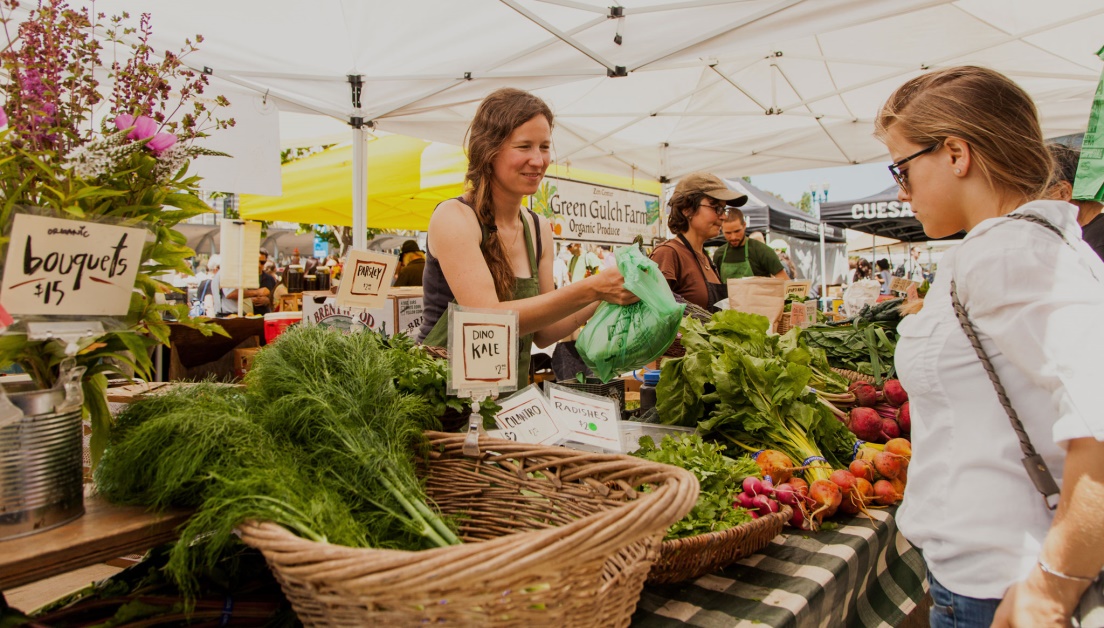
Forage at the Farmer’s Market. Vendors trim their produce before selling, so why not ask them for their clippings? While some farmers may want to charge you, many will give them away.
Or if you’re shopping for fruits and veggies, buy from the vendors that sell with the greens attached. And remember, you can always freeze any excess.
If you don’t have access to a farmers’ market, ask your grocery store produce manager if he’ll give you the tops of organic turnips, beets, and carrots. You might hit the jackpot!
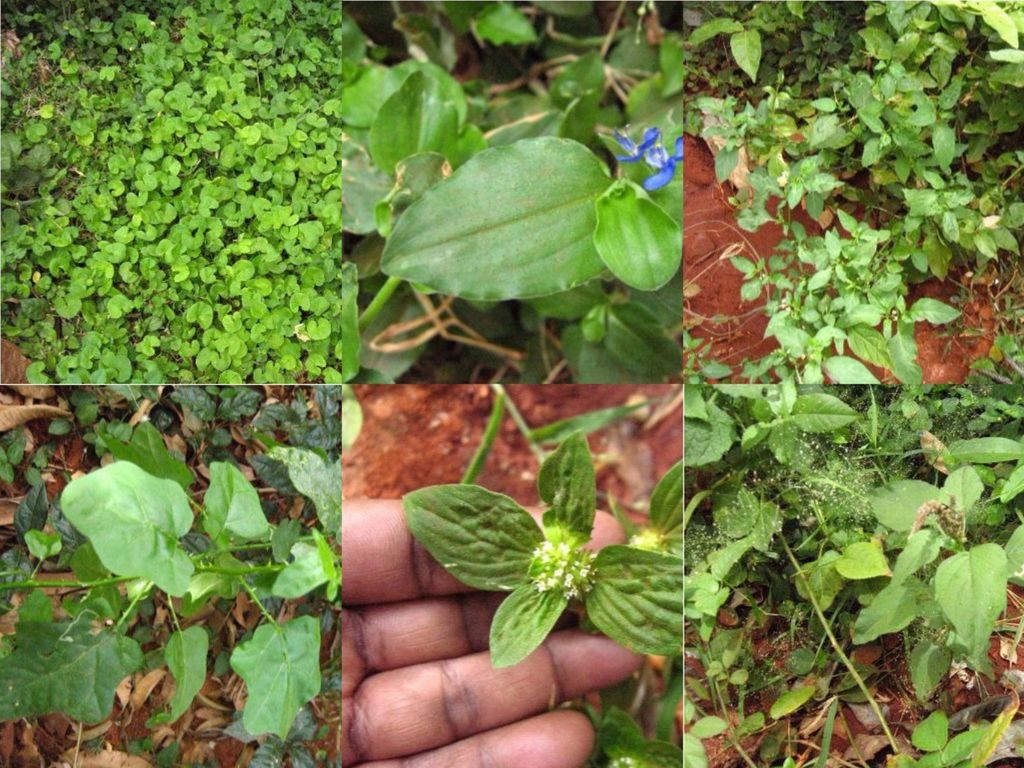
Hunt for Edible Weeds and Other Wild Edible Plants. Yes, this sounds drastic. But they’re out there, and they’re free. So don’t discount the idea. Even if you’re not interested in wild edibles now, this is great information to have in times of emergency or scarcity. And many wild plants have more nutritional value than cultivated plants found in the grocery store.
If interested, then you’ll want to use a reliable source book such as The Illustrated Guide to Edible Wild Plants (from the U.S. Army) to help you identify safe weeds. Never eat anything you can’t identify with 100% certainty.
Avoid foraging in areas that’ve been fertilized or pesticide sprayed, and avoid areas where pets or wildlife roam freely. (Your own property might be the smartest and easiest place to hunt.)
Edible weeds are best in spring. In autumn, most weeds are too tall, woody, and bitter. If you pick weeds in late summer, look for small, tender growth.
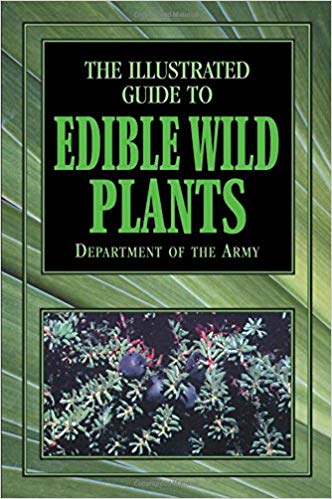
Once you find a safe edible, follow The Illustrated Guide… recommendations to verify toleration. Take these steps slowly (15 minutes between each), to ensure there’s no negative reactions. First, rub a piece inside your elbow or wrist, from there, put it in your mouth, but don’t chew it. Lastly, taste just a tiny bit. If there’s no negative reaction, try a larger sample.
Now for safe, edible weeds:
amaranth
burdock
chickweed
chicory
dandelions
daylilies, wild
dock, wild
grape leaves
lambsquarter
linden tree leaves
oak tree leaves
pine needles
purslane
sorrel, wild
strawberry leaves
thistle
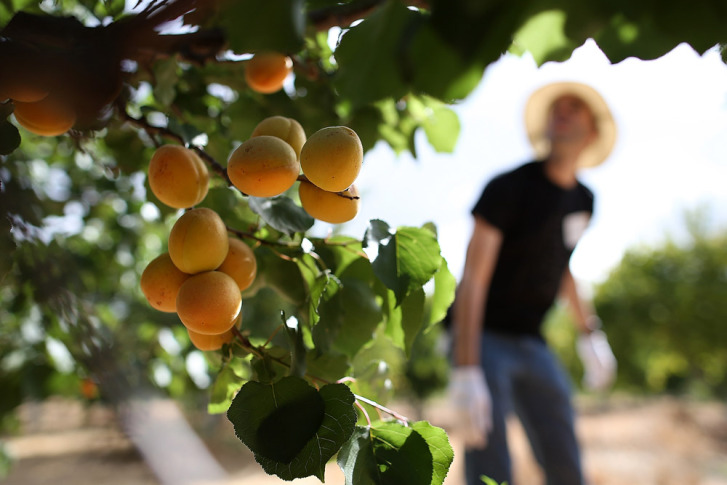
Glean Fruit From Fruit Trees (with permission). Watch for trees that go un-harvested or partially harvested. Apricot trees are a typical example. Homeowners are usually glad to have someone take the stuff off their hands.
Grow Your Greens Yourself. An obvious idea if you garden or have the space to garden. But if you live in a condominium or an apartment, you still have planting options. Consider container gardening on your patio or balcony.
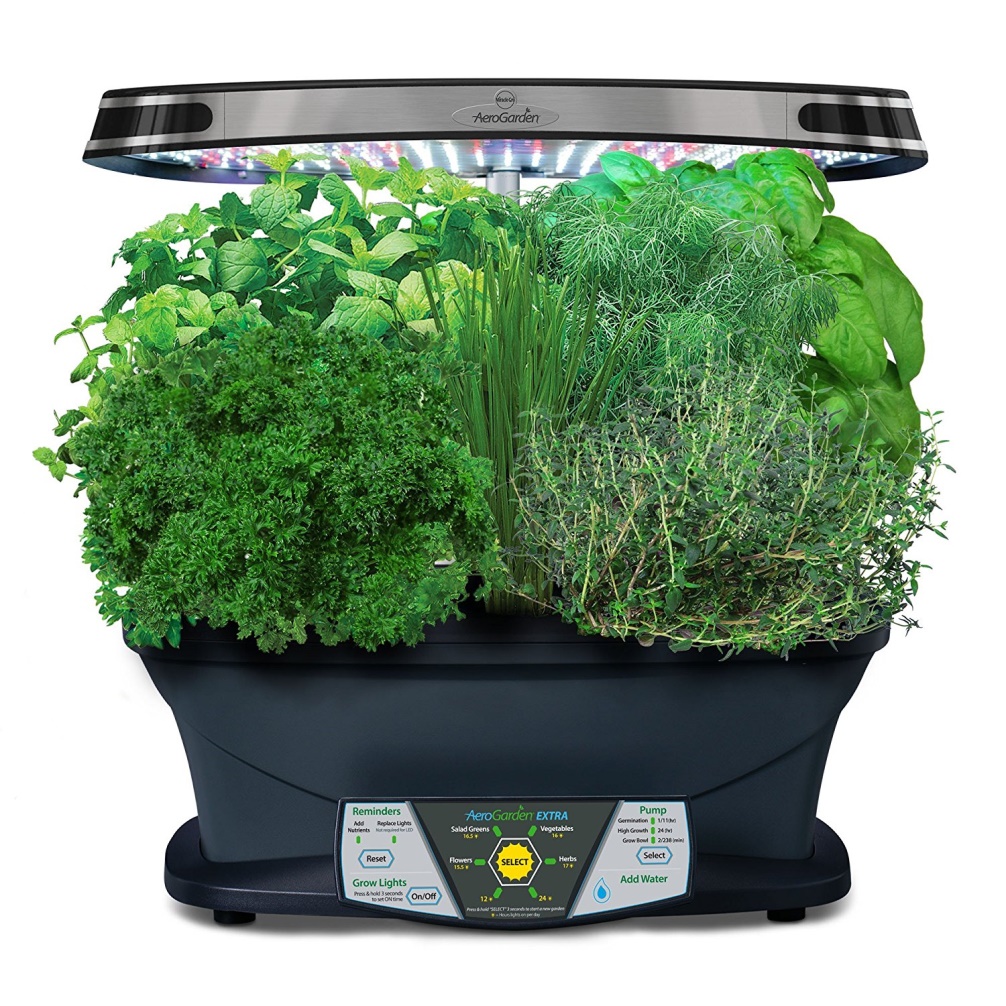
No patio or balcony? Consider the Aerogarden. It’s easily grows a wide variety of plants on your countertop year round (up to 6 plants at a time—herbs, herbs, vegetables, salad greens, flowers and more) in water. Google “aerogarden” and amazon.com will tell you all about it.
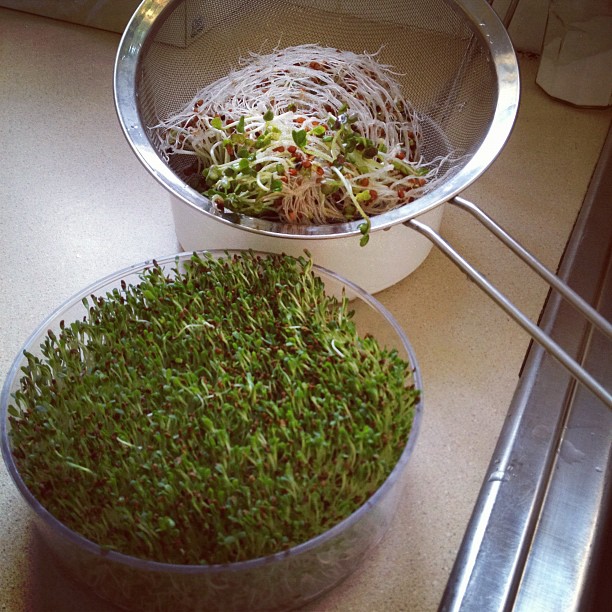
Finally, sprout seeds for smoothie greens. It’s easy to do on your countertop or windowsill, and provides powerful, living nutrients for very little cost. ¼ cup of a seed mix like alfalfa, clover, and fenugreek, turns into a few CUPS of sprouts!
GSG concludes this tutorial: “With free smoothie ingredients, expense will never be an excuse again! Start now to harvest all the free green goodness you can find. Your body reap the nutritional benefits and your wallet will thank you!”
- www.health24.com
- www.myvega.com
- www.about.spud.com
- www.fairhaven.com
- www.instructables.com
- www.amazon.com
- www.wtop.com
- www.feedyourskull.com
 Alice Osborne
Alice Osborne
Weekly Newsletter Contributor since 2006
Email the author! alice@dvo.com
